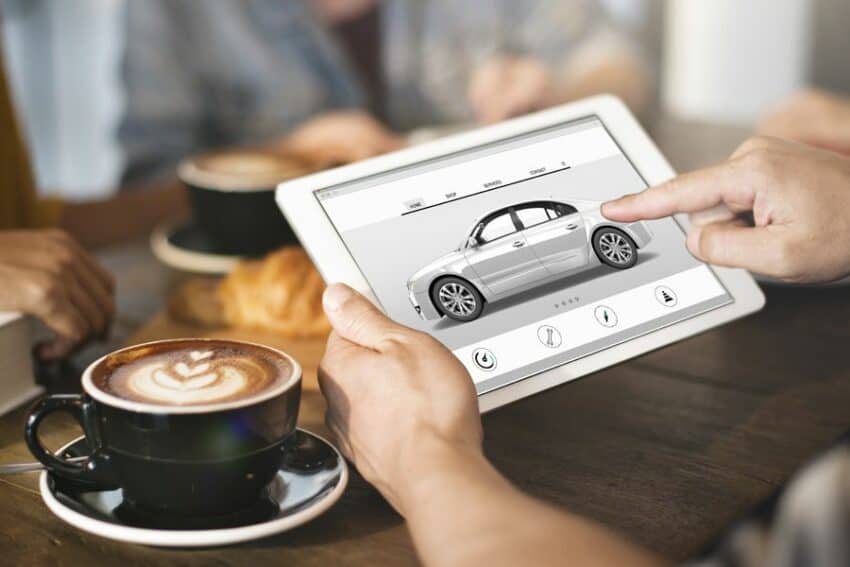
A recently published white paper covered yesterday in Automotive News titled, “How to Convert Used-Car Shoppers to Buyers,” draws a bold conclusion that flies in the face of traditional used-car merchandising dogma. That is, the study found ‘nine’ to be the optimal number of used vehicle photos, and that cars with significantly more than nine photos resulted in ‘image fatigue’ for users.
I, on the other hand, would argue that users don’t suffer from image fatigue, but instead suffer from experience fatigue.
How many of the dealers reading this have actually shopped for a used vehicle using a mobile device?
You can clearly see why fatigue exists and why mobile bounce rates tend to be so high: a consumer is forced to scroll through and click on 20 to 30 miniscule thumbnails that are both challenging to view and difficult to navigate for almost anyone. If I want to quickly determine if a car has a navigation screen (as that’s a dealbreaker for me), it’s very difficult for me to do so when viewing a slew of thumbnails.
Let’s walk through the process I went through while shopping for a car equipped with a navigation system (using my iPhone 6+):
- I am presented with a photo bucket and a slider containing six photos. If the first six clearly aren’t a navigation screen, then:
- I have to try to either slide the images pane or click a tiny arrow. I’m then presented with another six photos. The thumbnails are so small, I can’t tell if I’m looking at a navigation system, a mirror, or a sunroof.
- So I click on the sunroof – not the navigation system I was looking for.
- Then I try clicking on the mirror but mistakenly click on the steering wheel – once again, no navigation system.
- I finally click on the image I believe to be a navigation system, only to find out that….it’s just a mirror.
- Finally, if I lasted it this long, I click on the navigation system.
This has taken me a half-dozen frustrating interactions and probably over a minute since landing on the VDP!
Why is this experience so traumatic?
As Hubspot puts it in this infographic, the two leading causes of bounce rates are:
- The visitor didn’t find what they were looking for.
- The webpage was too difficult to use.
The thumbnail gallery experience that leads to image fatigue causes both of these – it’s difficult to use and it’s difficult to find what you’re looking for, so people bounce. And these are people that you’ve paid a lot of money to reach and convert in your sales funnel.
So, what’s the solution?
Here are some good suggestions from Search Engine Watch– I’ve pulled out a few that are exceptionally relevant and within reach for the average dealer.
- Use intuitive navigation for important items
- Is your website mobile usable
- Design information around priorities
- Optimize for intent
I think the CarStory white paper brings to light a pervasive problem, but the wrong conclusion is drawn. Clearly current merchandising isn’t working – bounce rates are too high and conversion rates are too low. But, the answer is certainly not fewer photos. Instead, dealers need to look for more intuitive & interactive ways to merchandise inventory.
